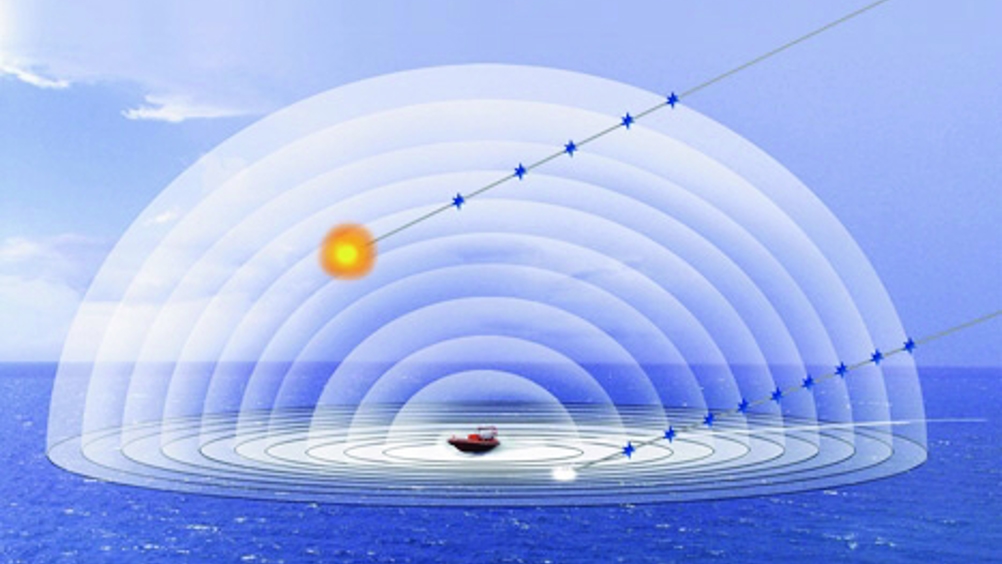Holographic radar technology completes target-scoring trial
Cambridge Consultants has announced the successful demonstration of its holographic radar technology for target scoring in live-firing trials under a US Department of Defense (DoD) programme.

According to Cambridge Consultants, the programme is aimed at improving the projectile-scoring capabilities of the US Navy and Army on land- and sea-surface ranges to mitigate the high costs of live-fire training and deliver more accurate data. The system is the first to align holographic radar (a non-scanning 3D radar that continuously illuminates its field of view) and target-scoring technologies.
The US Department for Operational Test and Evaluation required radar technology that could measure the trajectory and burst point of 5in and 50-calibre projectiles fired against high-speed manoeuvrable target vehicles.
An accurate scoring system mounted on the target vehicle allows training shots to be fired with an offset to provide a measure of effectiveness without the destruction of the vehicle.
Land- and sea-surface vehicle installations are said to present a challenge because the clutter return produced by the ground or water surface is considerably larger than the projectile to be measured.
On moving vehicles the challenge is increased and on sea targets it is complicated even further by the sea state. Holographic radar technology is claimed to extract projectiles of interest from clutter using tracking algorithms while retaining the full sensitivity of the radar.
Register now to continue reading
Thanks for visiting The Engineer. You’ve now reached your monthly limit of news stories. Register for free to unlock unlimited access to all of our news coverage, as well as premium content including opinion, in-depth features and special reports.
Benefits of registering
-
In-depth insights and coverage of key emerging trends
-
Unrestricted access to special reports throughout the year
-
Daily technology news delivered straight to your inbox










Water Sector Talent Exodus Could Cripple The Sector
Well let´s do a little experiment. My last (10.4.25) half-yearly water/waste water bill from Severn Trent was £98.29. How much does not-for-profit Dŵr...